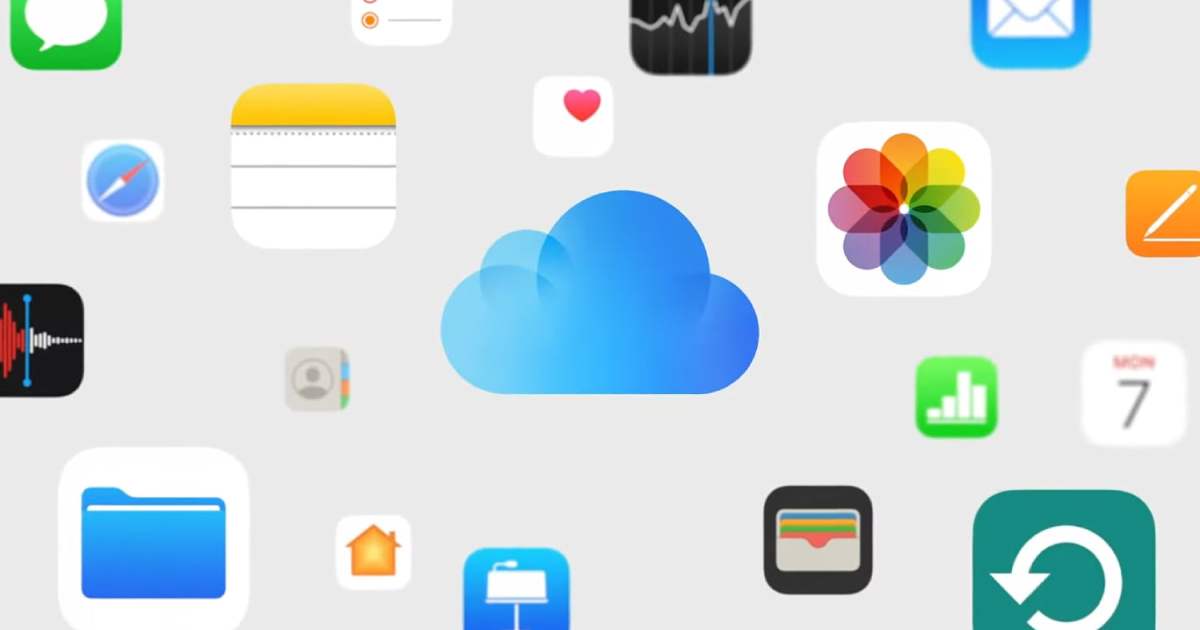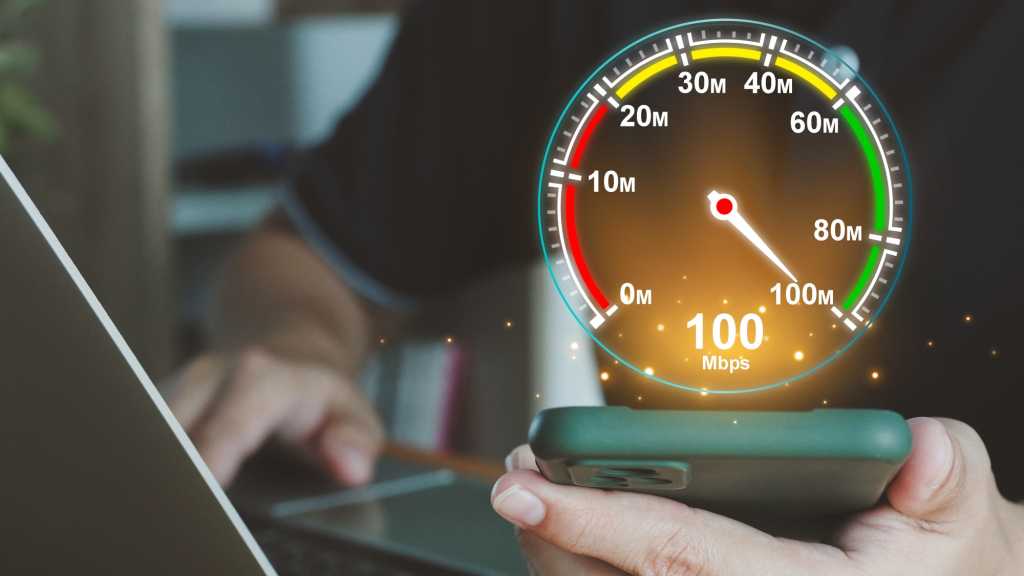Apple’s iCloud is much more than just cloud storage. It’s a powerful suite of tools and features designed to seamlessly integrate your Apple devices and enhance your digital experience. Many of these features are free, while iCloud+ offers expanded storage and advanced functionalities. This comprehensive guide will explore everything you need to know about iCloud, from its core functions to the benefits of iCloud+, addressing common questions and potential drawbacks.
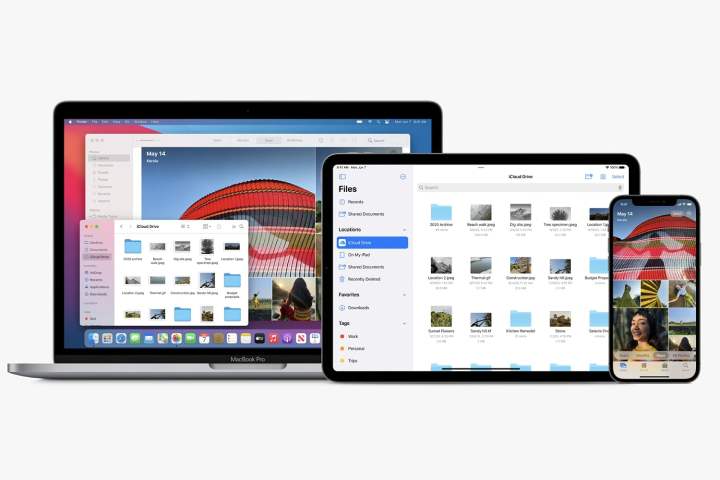 Apple iCloud ecosystem with MacBook, iPad, and iPhone
Apple iCloud ecosystem with MacBook, iPad, and iPhone
Understanding iCloud’s Core Functionality
iCloud goes beyond simple cloud storage by synchronizing your data across all your Apple devices logged into your Apple Account (formerly Apple ID). This means instant access to your photos, messages, contacts, and more on any iPhone, iPad, Mac, or even a Windows PC.
Key features include iCloud Drive for file storage, device backups, Find My for locating lost devices, iCloud Keychain for secure password management, Hide My Email for online privacy, and much more. A detailed breakdown of all iCloud features is available on Apple’s support website.
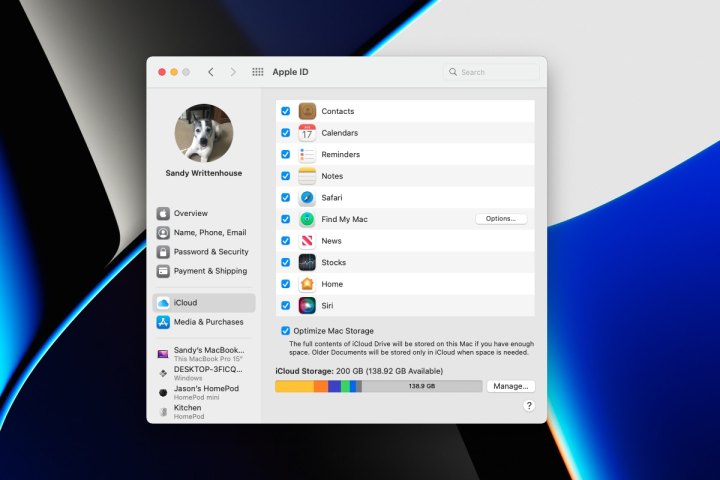 Apple iCloud interface highlighting Find My feature
Apple iCloud interface highlighting Find My feature
Crucially, iCloud employs end-to-end encryption, ensuring that your data remains private and inaccessible to Apple. This provides peace of mind knowing your personal information is secure.
Accessing Your iCloud Data
Accessing iCloud on Apple devices is straightforward. Simply sign in with your Apple Account through the Settings app (iOS and iPadOS) or System Settings (macOS). Once logged in, apps like Messages and Mail will automatically sync your content across devices.
For Windows users, the iCloud for Windows app provides access to photos, videos, emails, calendar, files, and more. Alternatively, you can access iCloud through any web browser by visiting icloud.com and signing in. This provides a dashboard view of your photos, mail, iCloud Drive files, calendar, and other online apps.
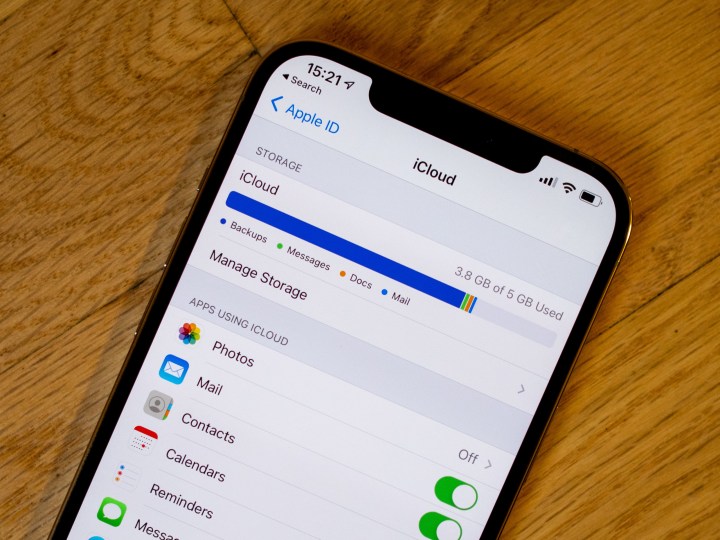 Accessing iCloud storage on an iPhone
Accessing iCloud storage on an iPhone
iCloud Pricing and Storage Options
iCloud offers a free tier with 5GB of storage. While this is sufficient for basic usage, it may not be enough for extensive photo libraries or device backups.
For users requiring more storage and advanced features, iCloud+ offers subscription plans with varying storage capacities:
- 50GB: $1/month
- 200GB: $3/month
- 2TB: $10/month
- 6TB: $30/month
- 12TB: $60/month
iCloud+ also unlocks features like iCloud Private Relay for enhanced online privacy, Hide My Email, Custom Email Domain, HomeKit Secure Video support, and family sharing for up to five members.
If you subscribe to other Apple services, consider Apple One, which bundles Apple Music, Apple TV+, Apple Arcade, and optionally Apple News+ and Apple Fitness+, with iCloud storage included.
Potential Drawbacks of iCloud
While iCloud offers many benefits, it’s important to be aware of some potential limitations. The free 5GB storage tier can quickly become insufficient, especially for users with large photo libraries.
iCloud integration is also less seamless on Android devices, requiring web browser access, which has its limitations. Certain iCloud features, like Calendar and Contacts, are not fully functional on Android phones accessed through icloud.com.
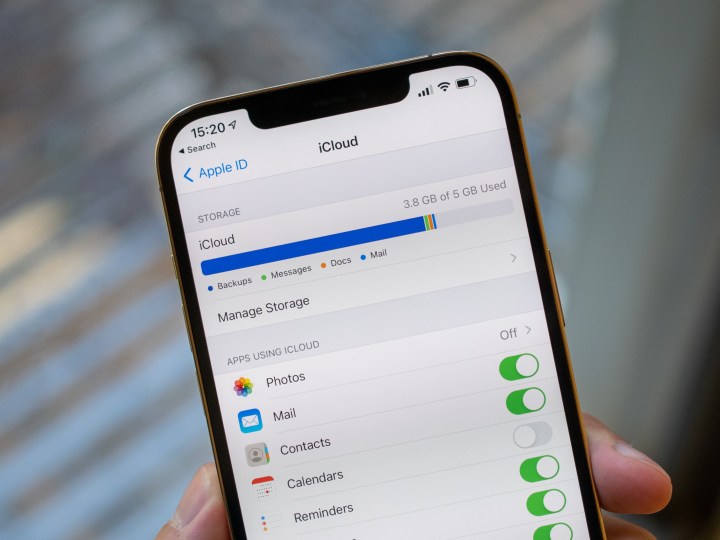 iCloud storage options on an iPhone 12 Pro Max
iCloud storage options on an iPhone 12 Pro Max
Managing Deleted Photos in iCloud
Deleting photos from an iCloud-connected device or icloud.com removes them from all synced devices. However, they are not immediately permanently deleted. They are moved to the Recently Deleted album for 30 days, allowing for retrieval if needed. After 30 days, they are automatically purged. For shared libraries, only the person who originally added the photos can permanently delete them from the Recently Deleted album. A previous syncing issue causing deleted photos to reappear has been resolved in iOS 17.5.1.
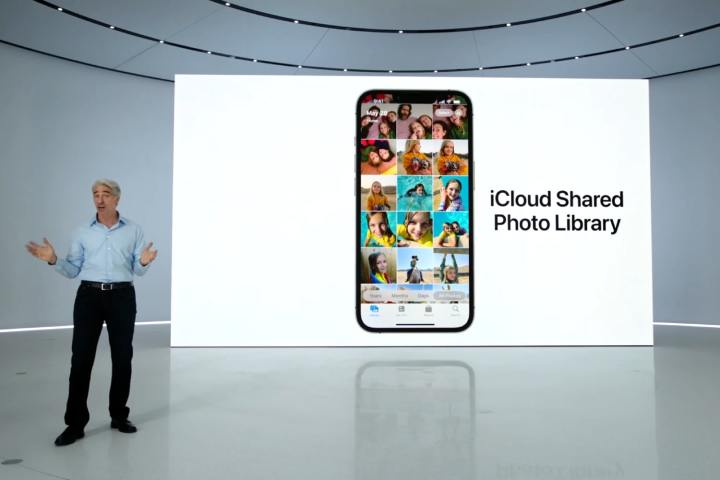 Deleted photos management within the Apple Photos app
Deleted photos management within the Apple Photos app
iCloud+: Enhanced Features and Benefits
iCloud+ is Apple’s premium iCloud subscription, offering expanded storage options and additional features. These include enhanced privacy with iCloud Private Relay, Hide My Email for anonymous email addresses, Custom Email Domain for personalized email addresses, HomeKit Secure Video support, and family sharing options.
Conclusion
iCloud is a versatile platform that enhances the Apple ecosystem, providing seamless data synchronization, backups, and added security features. While the free tier is a good starting point, iCloud+ offers valuable upgrades for users needing more storage and advanced functionalities. Understanding the features, pricing, and potential limitations of iCloud allows you to make informed decisions about how best to utilize this powerful cloud platform.



